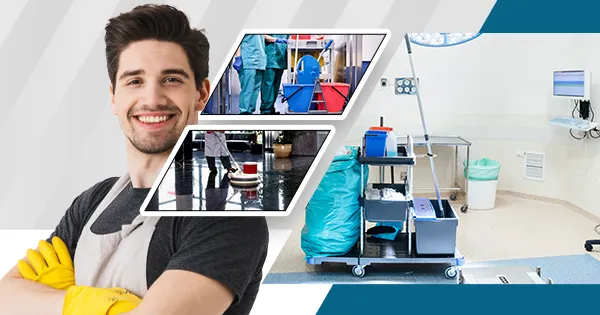The Ultimate Guide to Maintaining Hygiene in High-Traffic Office Spaces
High-traffic office spaces are particularly susceptible to the build-up of germs, clutter, and general wear and tear. Maintaining hygiene in these areas is crucial not only for aesthetic reasons but also for the health and productivity of employees. In this guide, we delve into best practices to ensure a consistently clean and sanitary workspace.
Understanding the Impact of High Footfall
Offices with high foot traffic, such as those with open-plan layouts, reception areas, and meeting rooms, face unique hygiene challenges. The constant movement of people increases the likelihood of bacteria spreading and surfaces becoming soiled quickly. Addressing this proactively can minimise the risk of illness and improve overall workplace morale.
Daily Cleaning Essentials
Consistency is key when it comes to cleanliness. A daily routine that includes vacuuming carpets, mopping hard floors, wiping down desks, and sanitising high-touch areas is essential. Hiring a professional office cleaning service in the UK can help ensure that these tasks are carried out efficiently and to a high standard.
Sanitisation and Disinfection Protocols
Post-pandemic hygiene standards have evolved, making regular disinfection a non-negotiable aspect of office cleaning. Common areas such as kitchens, restrooms, and shared equipment should be disinfected using professional-grade products. Investing in specialised disinfection cleaning services in the UK can greatly reduce the presence of harmful bacteria and viruses.
Deep Cleaning: A Monthly Must
In addition to daily upkeep, a monthly deep clean is vital. This involves moving furniture, cleaning air vents, shampooing carpets, and tackling hard-to-reach areas. Deep cleaning helps maintain indoor air quality and prolongs the life of office furnishings and fixtures.
Employee Involvement and Awareness
Encouraging employees to take responsibility for their personal workspace hygiene can significantly contribute to overall cleanliness. Providing hand sanitisers, disinfectant wipes, and proper disposal bins can foster a clean culture within the office.
Partnering with Professionals
Ultimately, collaborating with experienced cleaning professionals is the most effective way to ensure high hygiene standards are maintained. Tailored services can be developed to meet the specific needs of high-traffic office environments, guaranteeing a healthy and inviting workspace for all.







